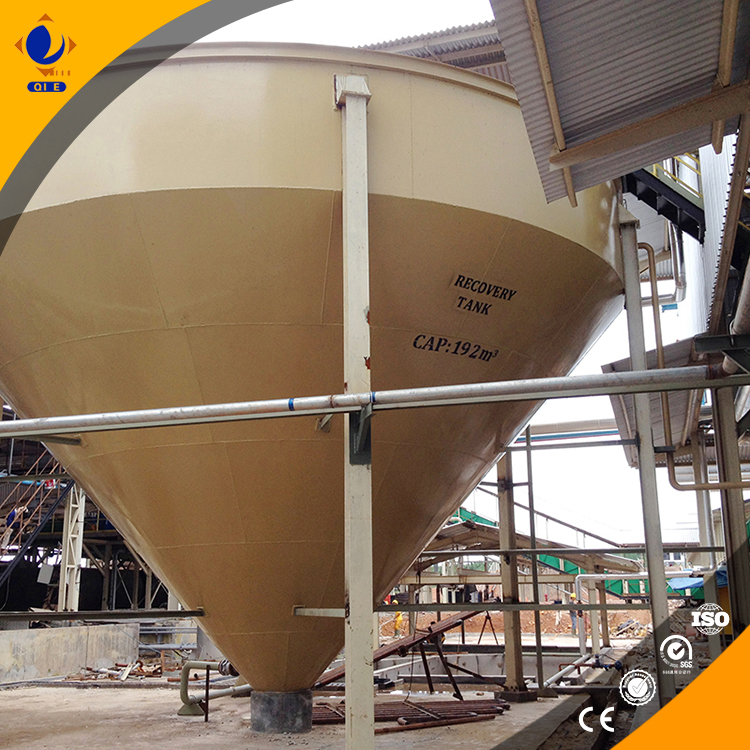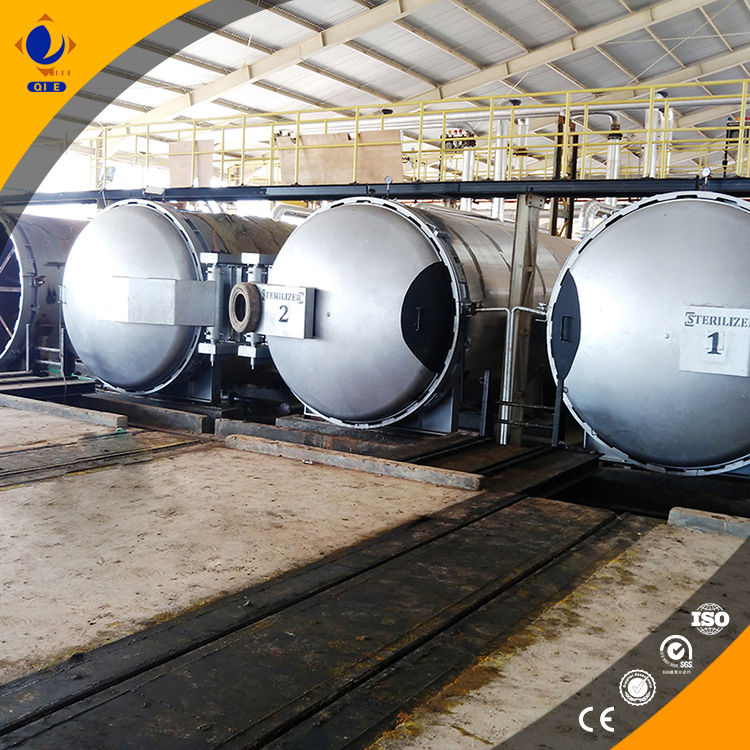
When it comes to palm oil production, one of the most critical decisions you'll face is choosing between cold - pressed and hot - pressed processes. Each method has its own set of characteristics, and striking the right balance between nutrient retention and oil yield is crucial for your business success.
The key difference between cold - pressing and hot - pressing palm oil lies in the physical pressing temperature. Cold - pressing generally operates at a temperature below 60°C. At this low temperature, the activity of enzymes in palm fruits is well - preserved, which helps in retaining more natural nutrients in the oil. For example, the content of vitamin E in cold - pressed palm oil can be up to 20% higher than that in hot - pressed oil.
On the other hand, hot - pressing involves a much higher temperature, usually above 100°C. The high temperature inactivates enzymes and reduces the moisture content in palm fruits, which significantly increases the oil yield. However, this process also leads to a certain loss of nutrients.

Cold - pressing requires a low - temperature stable system to maintain the low pressing temperature. This system includes advanced cooling equipment and precise temperature control devices. The cost of setting up such a system can be relatively high, but it ensures the quality of cold - pressed palm oil.
In contrast, hot - pressing relies on a steam control system. Steam is used to heat the palm fruits and facilitate the oil - extraction process. The steam control system mainly consists of boilers, steam pipes, and temperature sensors. Although the initial investment in steam - related equipment is large, it can improve the production efficiency of hot - pressing.
Let's take a look at the energy consumption of the two processes. For cold - pressing, the electricity consumption per ton of oil is approximately 80 - 100 kWh. Since there is no need for steam heating, there is no steam consumption in cold - pressing.
In hot - pressing, the electricity consumption per ton of oil is about 60 - 80 kWh, but it requires a large amount of steam. The steam consumption per ton of oil can reach 1.5 - 2 tons. This shows that hot - pressing has an advantage in electricity consumption but incurs high steam costs.
| Process | Electricity Consumption per Ton of Oil (kWh) | Steam Consumption per Ton of Oil (tons) |
|---|---|---|
| Cold - pressing | 80 - 100 | 0 |
| Hot - pressing | 60 - 80 | 1.5 - 2 |
Cold - pressed palm oil is rich in nutrients and is suitable for the high - end edible oil market. It can meet the needs of consumers who value health and natural food. However, the oil yield of cold - pressing is relatively low, usually around 18 - 22%. Hot - pressed palm oil, with an oil yield of about 25 - 30%, is more suitable for large - scale industrial production where cost - efficiency is a priority.
In Malaysia, due to the large - scale plantation and stable palm fruit supply, hot - pressing is the dominant process. The high - temperature and high - humidity climate in Malaysia also makes hot - pressing more efficient. On the other hand, in Nigeria, the palm fruit supply is more fragmented, and the local climate is relatively cooler. Cold - pressing is more popular here as it can better adapt to the local raw material characteristics and market demand.

To help you make a more informed decision, here is a simple decision tree: If your raw materials are of high quality and you target the high - end market, cold - pressing is a better choice. If you have a large - scale production demand and need to reduce costs, hot - pressing should be considered. You can refer to the following table for a quick decision:
| Raw Material Quality | Market Target | Recommended Process |
|---|---|---|
| High | High - end | Cold - pressing |
| Average | Mass - market | Hot - pressing |
In conclusion, choosing the right palm oil pressing process is a complex but crucial task. By considering the factors mentioned above, you can make a more scientific decision. Click here to get the PDF version of The White Paper on Palm Fruit Pressing Process Selection.

